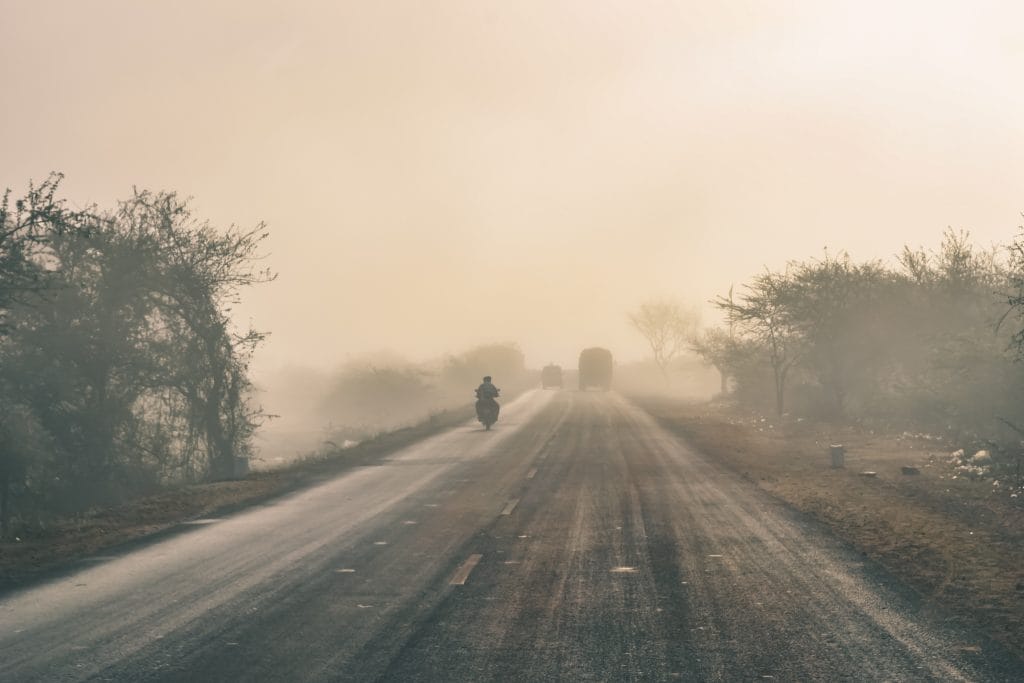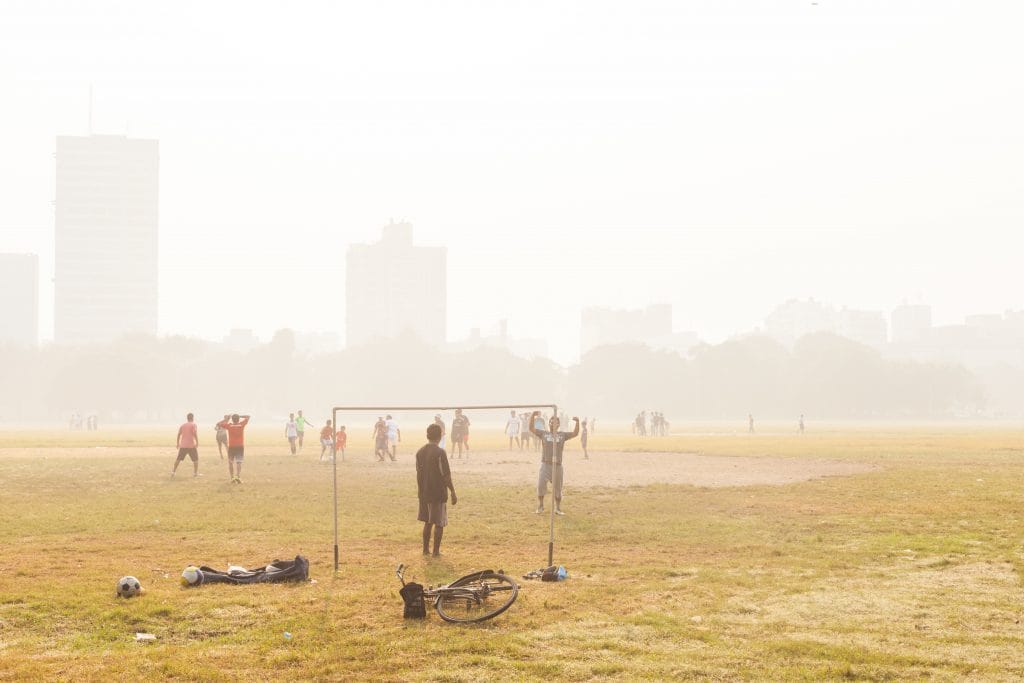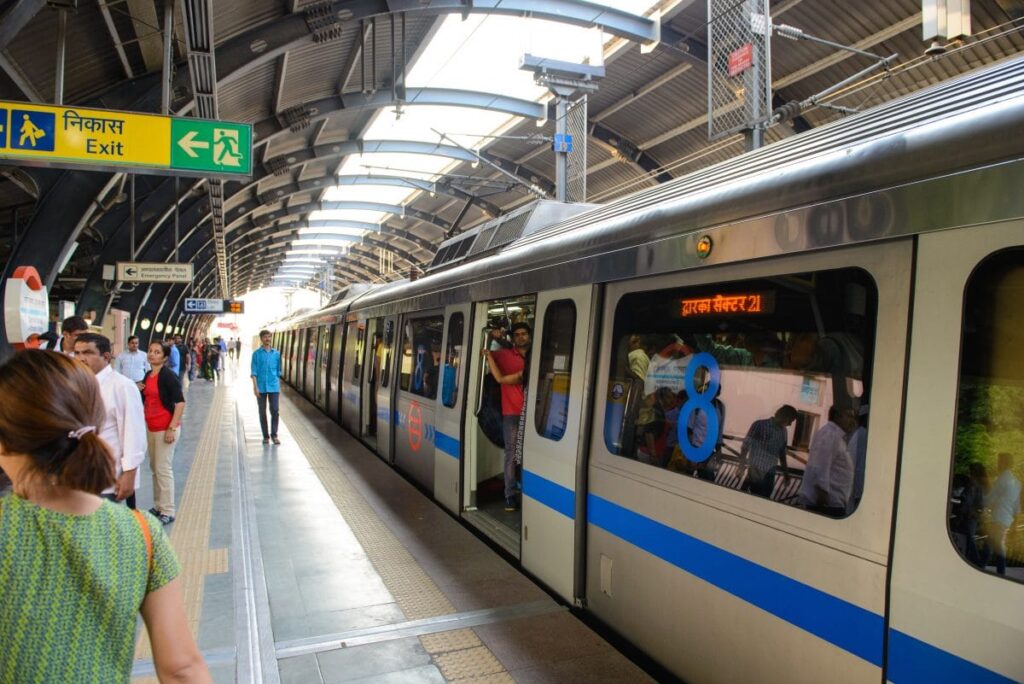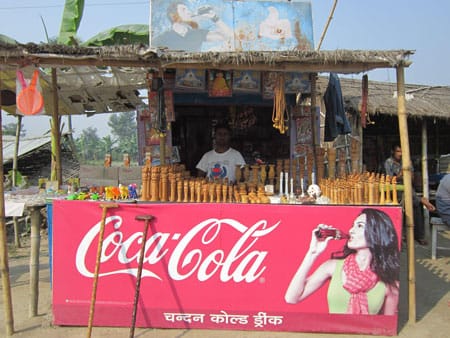Air pollution is India’s apocalypse that won’t go away
More than two years ago, Greenpeace warned that India was facing an “apocalypse” because of air pollution. This week, we are given yet another warning about the public health catastrophe brewing in the air and festering in Indians’ lungs. This is thanks to the 2019 State of Global Air Report. In 2017, India lost 1.2 million …
Air pollution is India’s apocalypse that won’t go away Read More »









